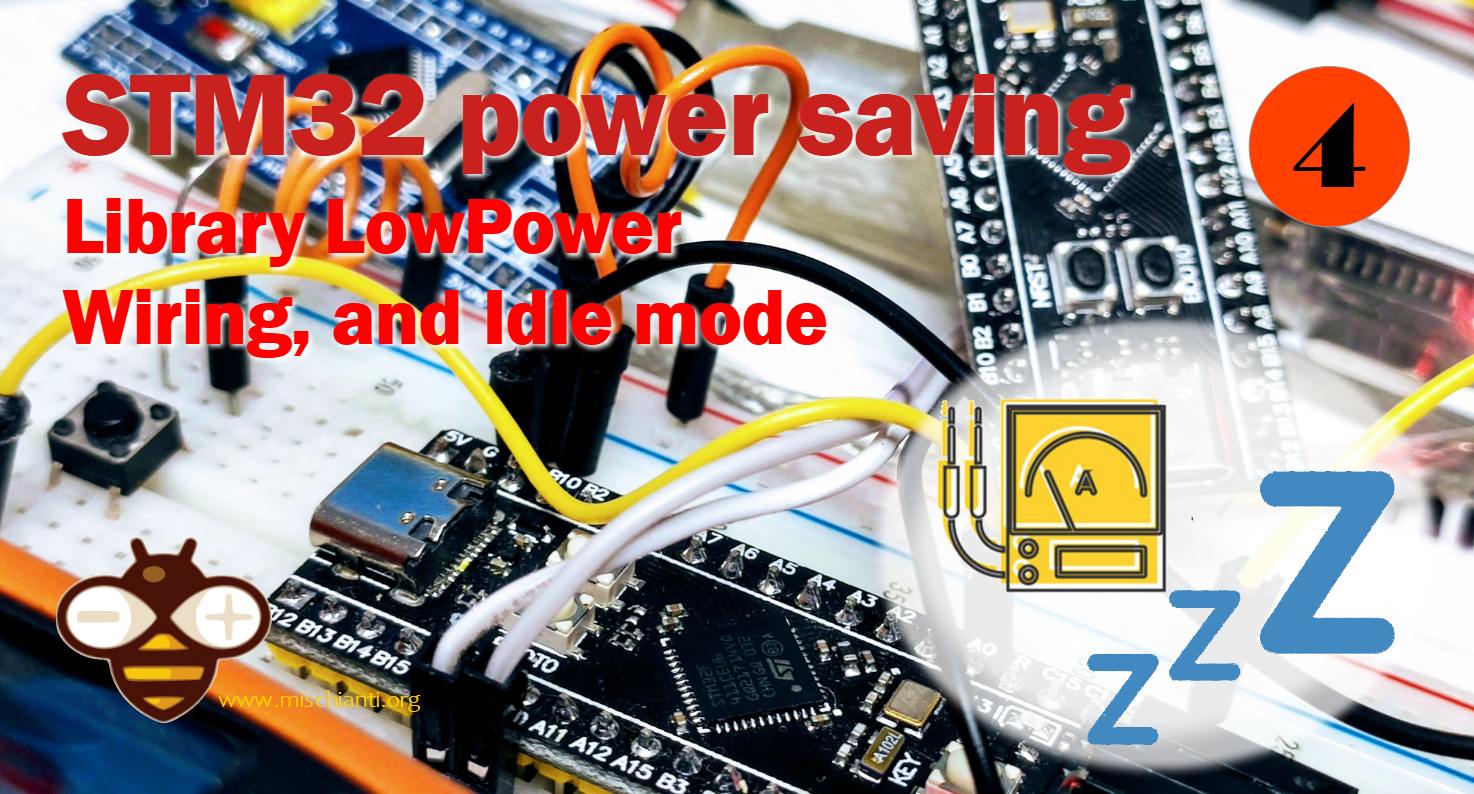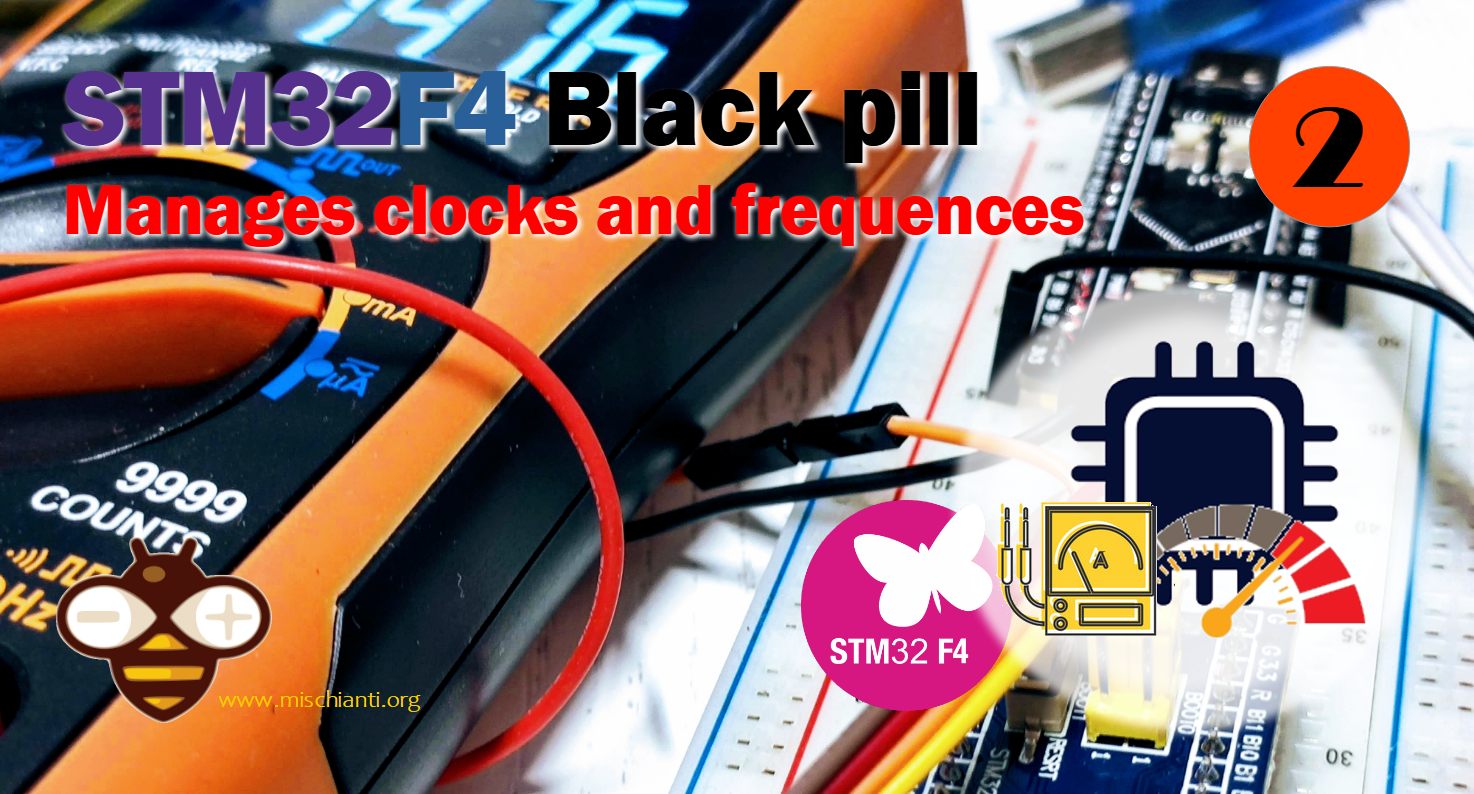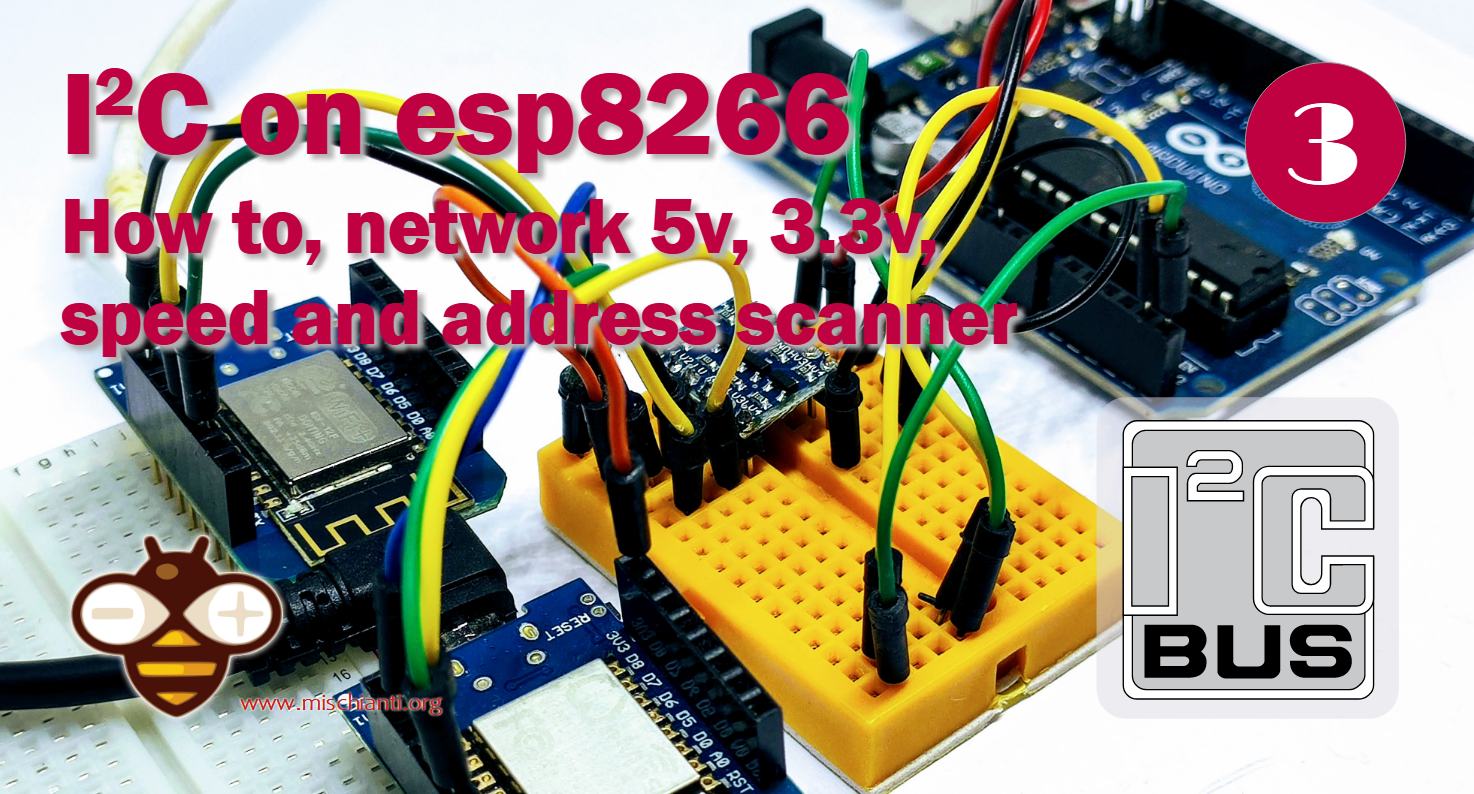STM32 power saving: wake up from external source – 7
After the timed, alarm and Serial wake-up, the most used one is the wake-up via an external source. In this case, we must pay attention to the pinout of our device to select the correct pin in the correct situation.




















